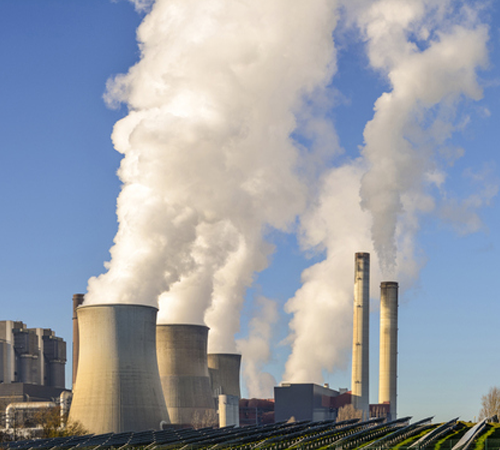
The Pakistani Energy Crisis
Pakistan has long been plagued by severe problems with the generation and distribution of electricity. This energy crisis is well documented and was summarized in the report: Pakistan’s Energy Crisis: the Need for a Transition to Alternate Energy, By: Mian Ahmad Naeem Salik, Research Fellow Centre for Strategic Perspectives (CSP), ISSI October 30, 2023 IB_Salik_Oct_30_2023.pdf (issi.org.pk).
Salik enumerates the causes of Pakistan’s energy crisis, recounts the country’s energy profile, and analyzes alternative energy solutions:
- Lack of Investment: The country has not made substantial investments in building new power plants or upgrading existing infrastructure to meet the growing energy demand.
- Circular Debt: The circular debt issue in the energy sector exacerbates the crisis. This occurs when power generation companies are not paid on time by the government or consumers, leading to a shortage of funds for fuel and maintenance. As a result, the energy generation process is disrupted.
- Over-reliance on Fossil Fuels: Pakistan’s energy mix is heavily skewed toward fossil fuels, particularly natural gas, and oil. This reliance on finite and expensive resources makes the energy sector vulnerable to price fluctuations and supply disruptions.
- Inefficient Energy Use: Wasteful industrial, commercial, and residential energy consumption practices contribute to the crisis. Lack of energy-efficient technologies and conservation measures result in higher energy demand.

Pakistan’s Energy Profile
It is widely known that Pakistan’s energy mix is disadvantageous as the country seeks to address energy shortages, improve energy efficiency, and reduce its carbon footprint. The government has been actively pursuing energy diversification and cleaner energy sources to meet its growing energy demands while minimizing environmental impact.
Pakistan has traditionally relied heavily on fossil fuels, a large share that is imported, particularly natural gas, and oil, for its energy needs. According to the Economic Survey of Pakistan 2022-23, the energy mix consists of 58.8 percent thermal, 25.8 percent hydel, and 8.6 percent nuclear power. Additionally, alternative power sources contribute 6.8 percent to the overall mix.

Problems due to dependence on Fossil Fuels
Pakistan’s dependence on fossil fuel for energy generation has led to several challenges:
- First, the depletion of indigenous natural gas reserves has forced the country to import expensive liquefied natural gas (LNG), straining its foreign exchange reserves.
- Second, fossil fuel combustion contributes significantly to air pollution and greenhouse gas emissions, exacerbating environmental degradation and climate change.
- Lastly, geopolitical factors and volatile oil prices make the energy sector vulnerable to external shocks.
